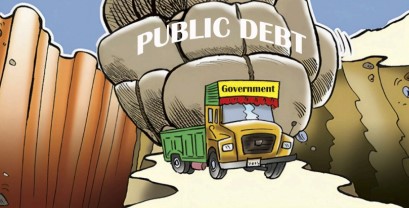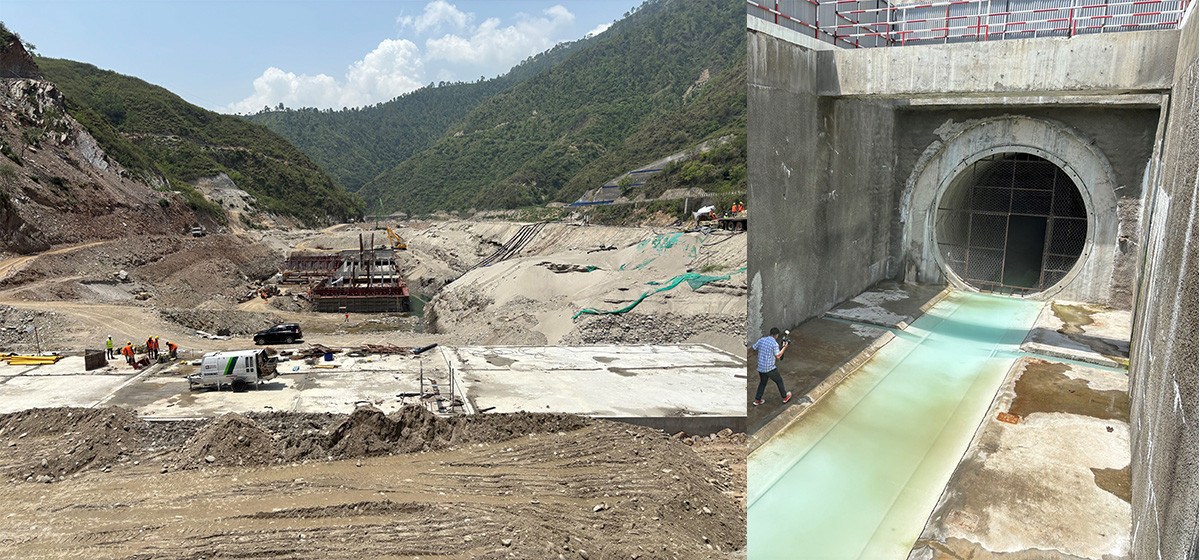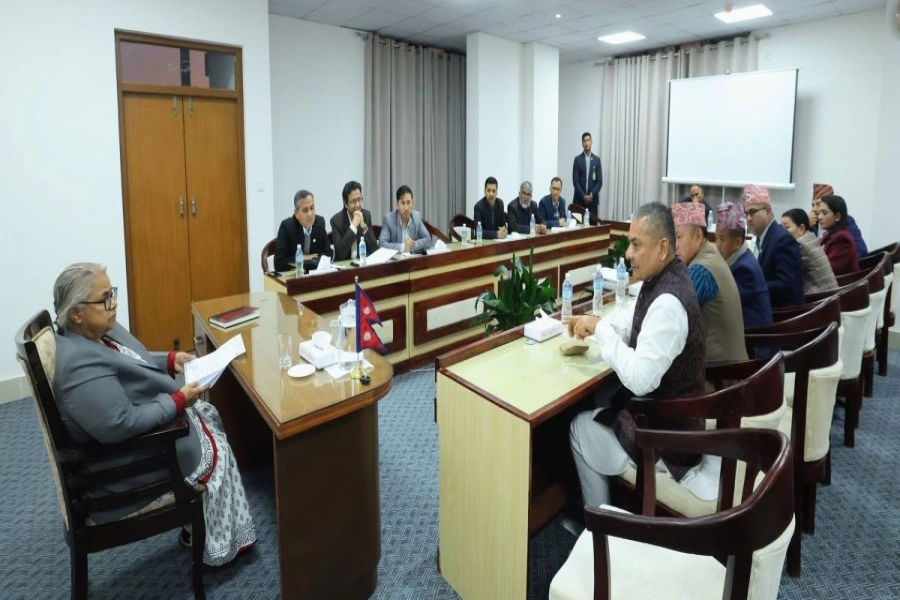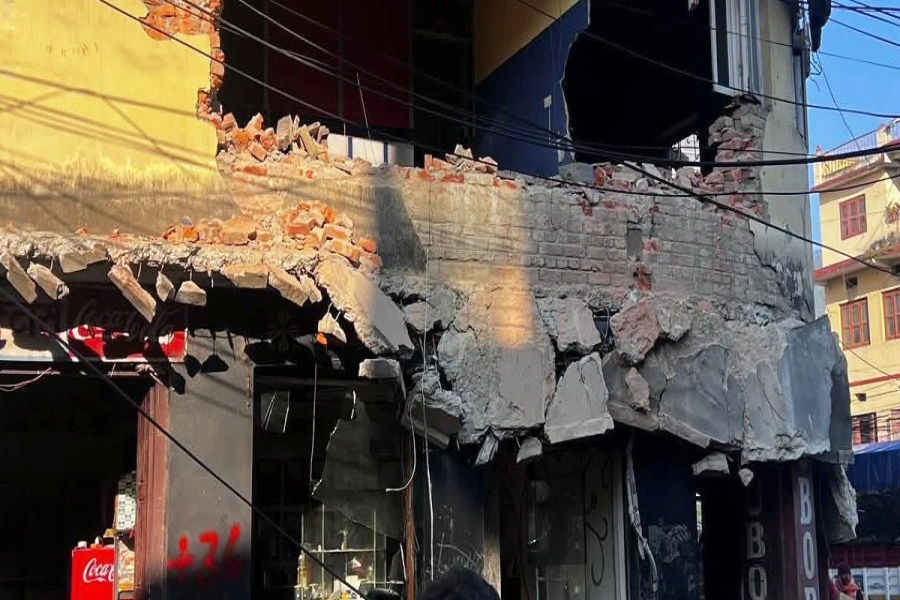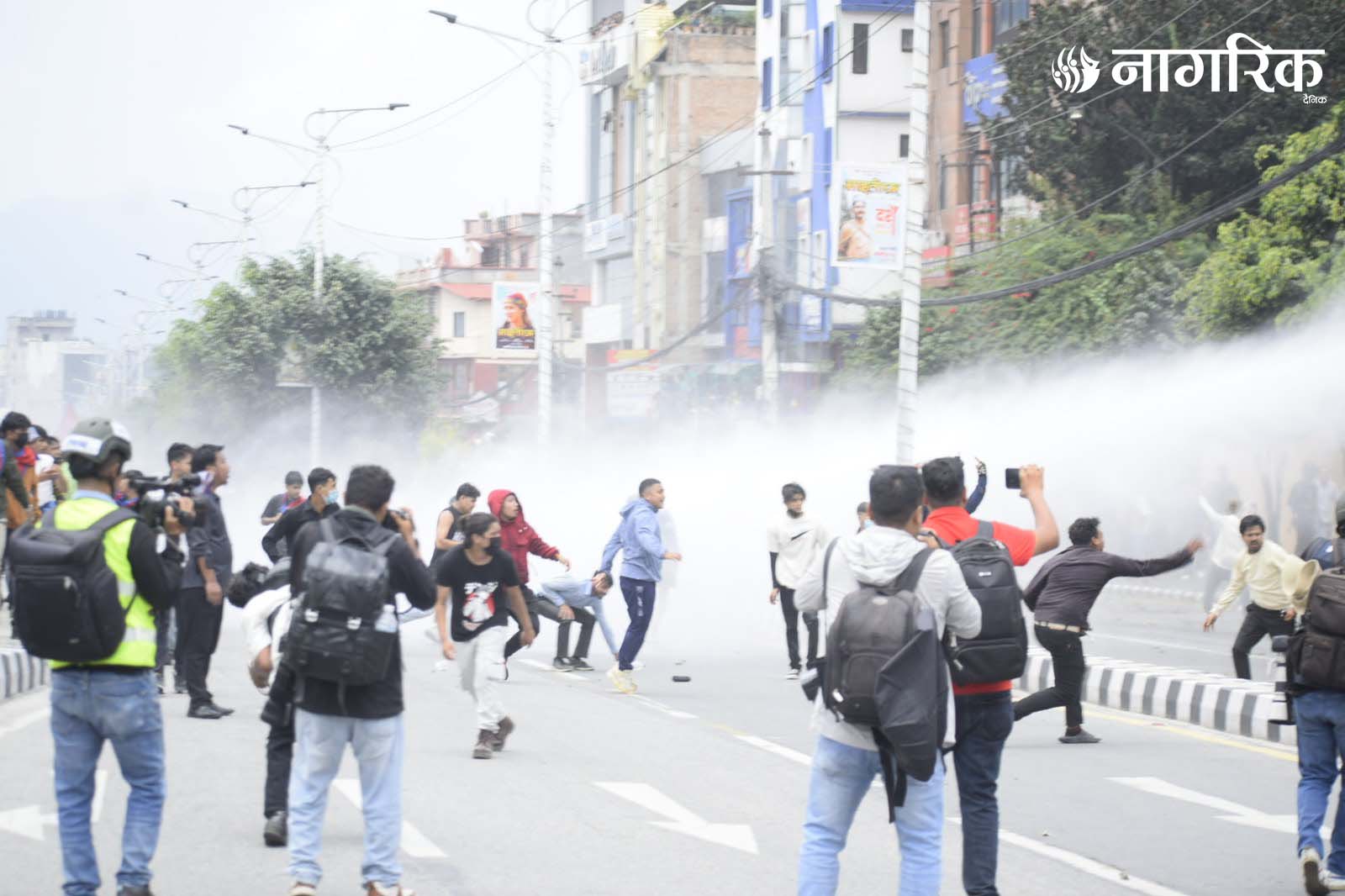For the last few months, thick haze has trapped Kathmandu, and air pollution levels rank among the highest in the world. People wear masks, schools shut down, and hospitals fill with patients suffering from breathing problems. The toll on human health is immediate and visible. Yet another crisis unfolds quietly, just out of sight: air pollution harms insects.
While we worry about children gasping for breath or losing sight of the mountains, we often ignore a crucial question: what happens to the insects that pollinate our crops, break down waste, control pests, and keep ecosystems running? The answer is deeply concerning and demands urgent attention.
The Essential Yet Overlooked Role of Insects
Insects are the unseen engineers of our planet. They pollinate nearly 75% of food crops, contribute to soil health, and form the foundation of countless food chains. Bees, butterflies, flies, beetles, and ants work around the clock, ensuring fruits set on trees, seeds sprout in soil, and ecosystems remain resilient. When insect populations decline, the effects ripple outward. Birds lose their food source. Crops fail to produce fruits. Pest outbreaks become more common as natural predators vanish. In short, biodiversity declines, and food security wobbles. Human health depends closely on healthy insect populations.
Air Pollution is More Than a Human Problem
People usually see air pollution only as a threat to human health. We measure it regarding fine particulate matter (PM2.5), ozone levels, or nitrogen dioxide concentrations, focusing on asthma rates, lung cancer risks, or heart disease. However, air pollution is also an ecological toxin. It changes the chemistry of the air insects breathe, the plants they visit, and the soil they touch.
Recent studies have shown that air pollution can significantly reduce the ability of bees and other insects to find food. Many pollinators rely on floral scents to locate nectar-rich flowers. These scents are delicate chemical signatures that can travel dozens of meters in clean air. However, ozone and nitrogen oxides react with these volatile organic compounds in polluted environments, degrading them before they reach pollinators. In one study, honeybees exposed to diesel-polluted air struggled to recognize flower smells. This difficulty affected individual bees and entire colonies, lowering ecosystem pollination success.
French restaurant serves up food of the future: insects

Disorientation and Sensory Breakdown
Air pollutants do not only scramble olfactory signals. They also disorient insects by interfering with their visual and navigational cues. Nocturnal insects such as moths and dung beetles rely on moonlight, starlight, and the polarization of light to orient themselves. Smog and artificial lighting blur these natural signals, leaving them lost.
Imagine being a dung beetle trying to roll your ball of dung home by following the Milky Way, only to find that the sky is a hazy canvas of diffused city light. Studies from Africa have shown that these beetles use the galaxy's band of light to move in straight lines. Air pollution obscures these visual cues, wasting energy and reproductive failure. Insects, like moths pollinating night-blooming plants, are also susceptible to light pollution, a side effect often associated with urban smog. Artificial lights lure them away from their natural routes, exposing them to predators and pulling them away from their ecological roles. In polluted cities, moth populations decline, and with them, so does the pollination of native and ornamental plants.
Pollution Weakens Insect Immunity and Reproduction
Beyond disorientation and scent disruption, air pollution is chemically toxic to insects. Vehicle exhaust, industrial emissions, and biomass burning release heavy metals like lead, mercury, cadmium, and arsenic. These metals accumulate in soil and plants, where insects feed, nest, and reproduce.
In fruit flies, a model organism for research, exposure to polluted air results in neurological impairment, erratic movement, reduced egg laying, and shorter lifespans. In honeybees, heavy metal exposure impairs learning and memory, affecting their ability to return to the hive or perform their iconic waggle dance to communicate food locations. Moreover, pollution-induced stress weakens insects' immune systems, making these insects more vulnerable to diseases and parasites. It is especially concerning for pollinators like bees, which already face pressure from pesticides, habitat loss, and climate change.
Why Should We Care?
The loss of insects is not just a biodiversity crisis. It threatens food security, weakens climate resilience, and erodes cultural heritage. Pollination services alone carry a global economic value of more than $500 billion annually. Without these services, fruits, vegetables, nuts, and oilseeds become scarcer and more expensive.
In countries like Nepal, smallholder farmers face the most significant risk. They depend on natural pollination, pest control, and soil fertility, all tasks insects perform. As insect populations decline, farmers face crop failures and rising production costs. Insects play roles that no machine can replicate. No robot or drone can replace the intricate web of interactions insects maintain in forests, farms, and wetlands. Insects hold essential places in ecosystems. We lose them, and we unravel the fabric of life.
Insects Missing from the Global Dialogue
Despite the urgency, insects remain largely absent from environmental policy discussions. The Sagarmatha Sambaad, a high-profile global dialogue held in Kathmandu this May, brought together climate scientists, policymakers, and activists worldwide to explore shared solutions. One session focused on the "triple planetary crisis": climate change, biodiversity loss, and air pollution. However, discussions rarely mention insects, even though these organisms to all three crises. Air pollution discussions centered on human respiratory health. Biodiversity loss is focused primarily on charismatic mega-faunas like tigers and snow leopards. Insects, despite their critical ecological roles, stayed in the shadows.
This omission is especially troubling given that the Sambaad ended just days before the International Day for Biological Diversity on May 22.The 2024 theme, "Be part of the Plan," called on all sectors to work harmoniously with nature. The 2025 theme, "Harmony with Nature and Sustainable Development," continues that call. How can we truly be part of the plan if we ignore the tiny creatures that make nature work? Insects must move to the center of environmental conversations. They are not peripheral. They are foundational.
What Can Be Done?
Solutions must be systemic and interdisciplinary. First, we need air quality regulations that consider human and ecosystem health. Environmental impact assessments should account for insect biodiversity. Urban planning should prioritize green spaces that support pollinators and reduce light pollution. Second, we need more research on how air pollution, light pollution, and other human-made pollutants impact insect ecology, especially in the Global South, where data remains scarce. Long-term monitoring of insect populations will help guide effective policies. Third, public awareness campaigns should highlight the importance of insects, not just as pests or curiosities, but as keystones of life. Community gardens, bee-friendly farming, and educational programs can help people connect with these tiny creatures and understand their worth. Finally, we must integrate insect protection into national climate adaptation and biodiversity strategies. Insects are frontline indicators of environmental health. Protecting them is not a side project. It is a central pillar of sustainability.
Final Reflection: A World Without Insects is a World Without Us
Insects have survived asteroid impacts, ice ages, and mass extinctions. However, today, they are declining unprecedentedly. Some studies estimate a 70% drop in insect biomass over the last 30 years. This insect decline is not just an ecological tragedy. It is a warning. If the smallest creatures disappear, the larger ones, including us, will not be far behind. Clean air is not just a human right but also an insect's right. Ultimately, the fate of both is closely linked. As Nepal and the world face challenges like air pollution and biodiversity loss, we must remember to include insects in our plans and policies. Protecting insects means protecting the planet and protecting ourselves.
The author is Insect Chemical Ecologist at Center for Environmental and Sustainable Agricultural Research (CESAR), Pokhara.















